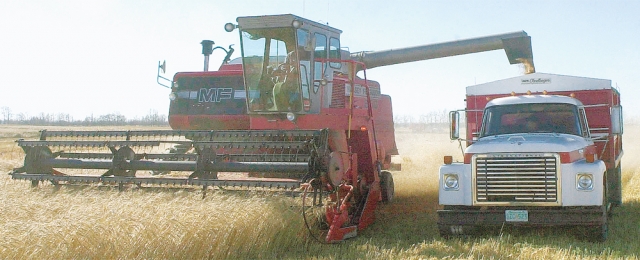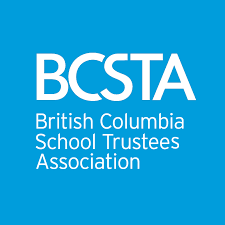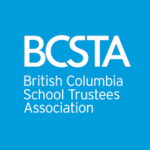Putting the power in the hands of the people: a Local Food Guide
What started as a desire to see food produced locally three years ago by a small group of people in the Slocan Valley has grown to over 200 members, a surge in valley produce and now an online resource.
Called the Local Food Guide, the online resource will be taking root at the existing business directory at www.slocanvalley.com, bursting with information on where to find farmers, as well as farming and gardening products and services in the Slocan Valley, from Hills to the Playmor Junction.
Project leader Malin Christensson said the resource ties together the loose strings of knowledge and people that have exitsed for years, and are now developing, in the valley.
“In the valley there is a lot of small scale farm knowledge from the doukhobor and back-to-the-land-ers, but the flow of information stayed within a certain group,” Christensson said.
For many new people moving in, starting a small food businesses or starting a garden meant starting from scratch without that knowledge or help.
Christensson wondered how the rich, Slocan Valley-specific and small-scale food production knowledge could become more available to a larger set of people, and how newcomers could learn and avoid mistakes through shared local knowledge — and the idea for the farmers’ group was born.
Once the group formed it became apparent a central resource was needed. The purpose of the local food guide was to strengthen the local food system through:
- connecting consumers with farmers by making the valley farmers visible
- facilitate backyard food production by sharing where to find local farm products and services
- raise awareness of the benefits of local food for carbon emission reduction, health and the economy
- strengthen networking among farmers, businesses, governmental and local organizations in order to increase supply and distribution opportunities
Food accounts for 18 per cent of our carbon emissions, said Christensson. The David Suzuki Foundation lists eating locally as one of the top 10 things people can do to reduce their global footprint.
“When we buy a local food product, the producer receives a higher percentage of our food dollar, money that is then circulated many times throughout our communities, strengthening our local economy,” Christenesson said. “It is also healthier to eat fresh food, more organic and less processed.”
The Local Food Guide is free for farmers to participate in and they don’t need to share their home address, just a phone number or an email, their name and products or services. Every participant is asked for consent to be part of the guide.
The information is compiled now and will be printed in July and distributed through the Slocan Valley stores, cafés and markets.
For more information and to contribute to the Local Food Guide, contact Malin Christensson at localfoodguide@gmail.com.
The project is supported by the Slocan River Valley Farmers and sponsored by RARTS (The Rural Alternatives Research and Training Society).
- Note: A similar project is also being networked in Salmo for that local area by the valley farmers group. They are almost ready to print. Contact Julia Marzo for more information at hoolia69@gmail.com.
The project is supported by funding from The Slocan Valley Economic Development Commission, and CBT Area H Community Initiatives.

























Comments